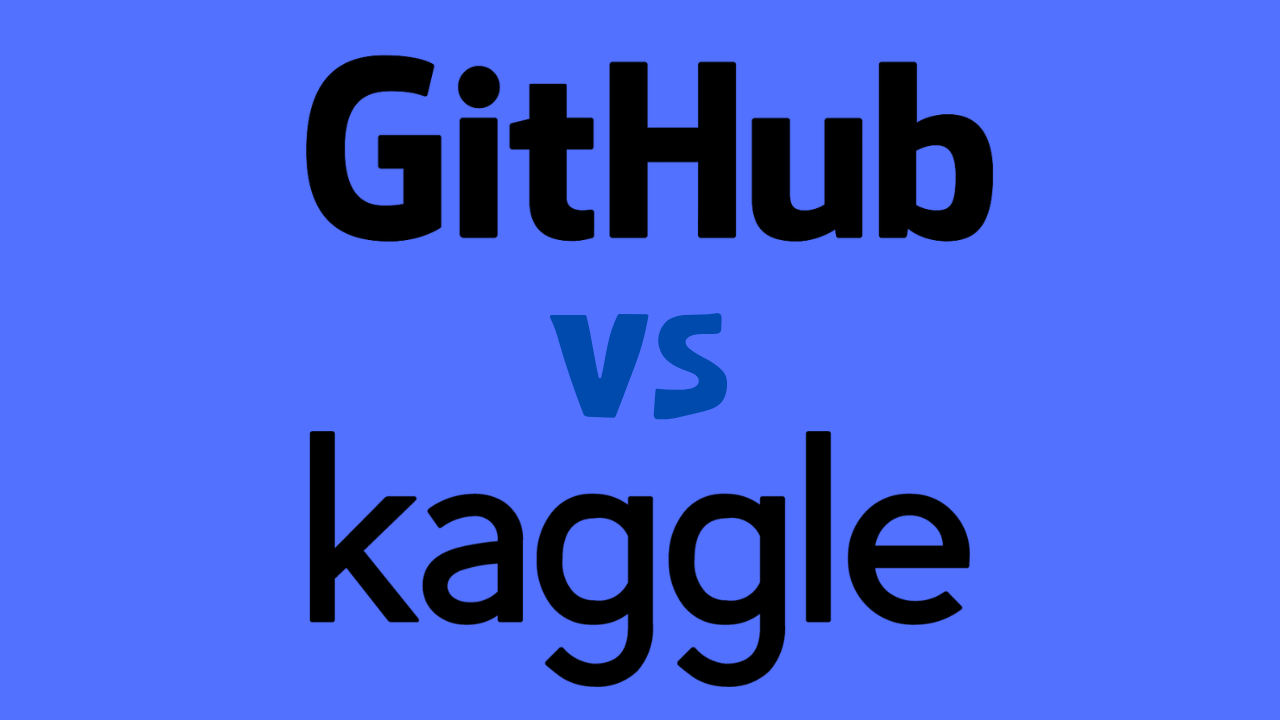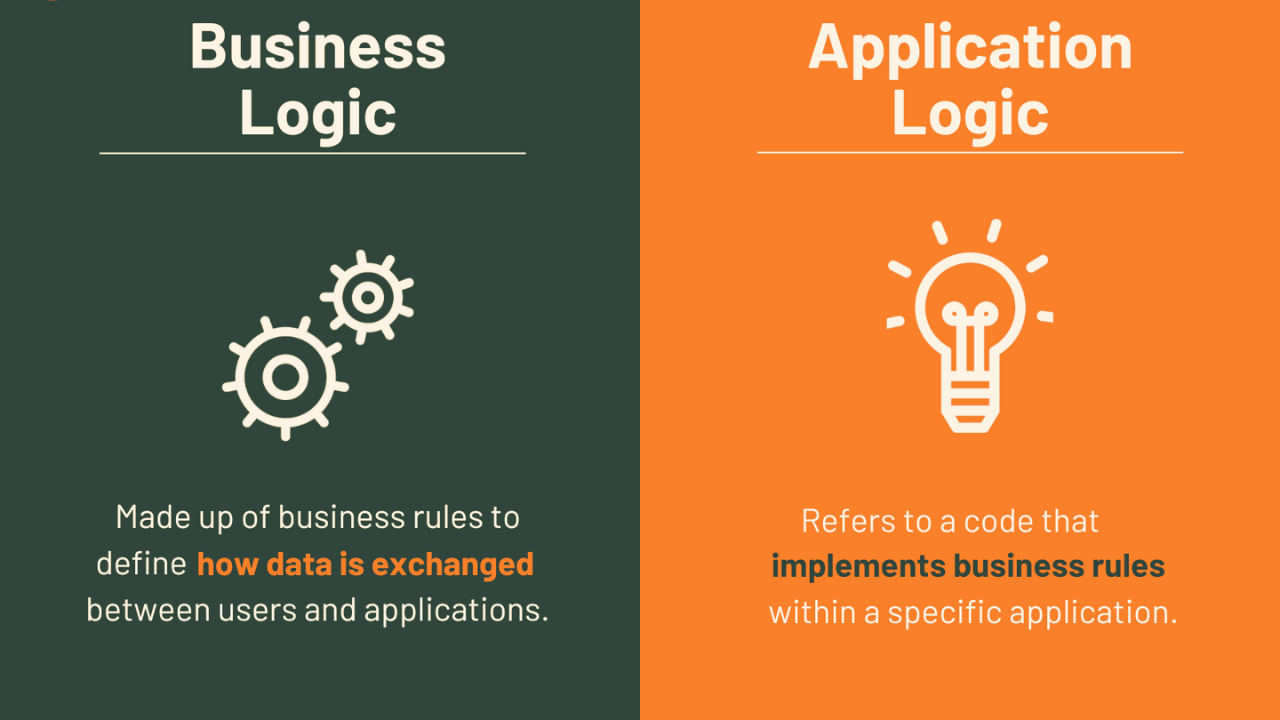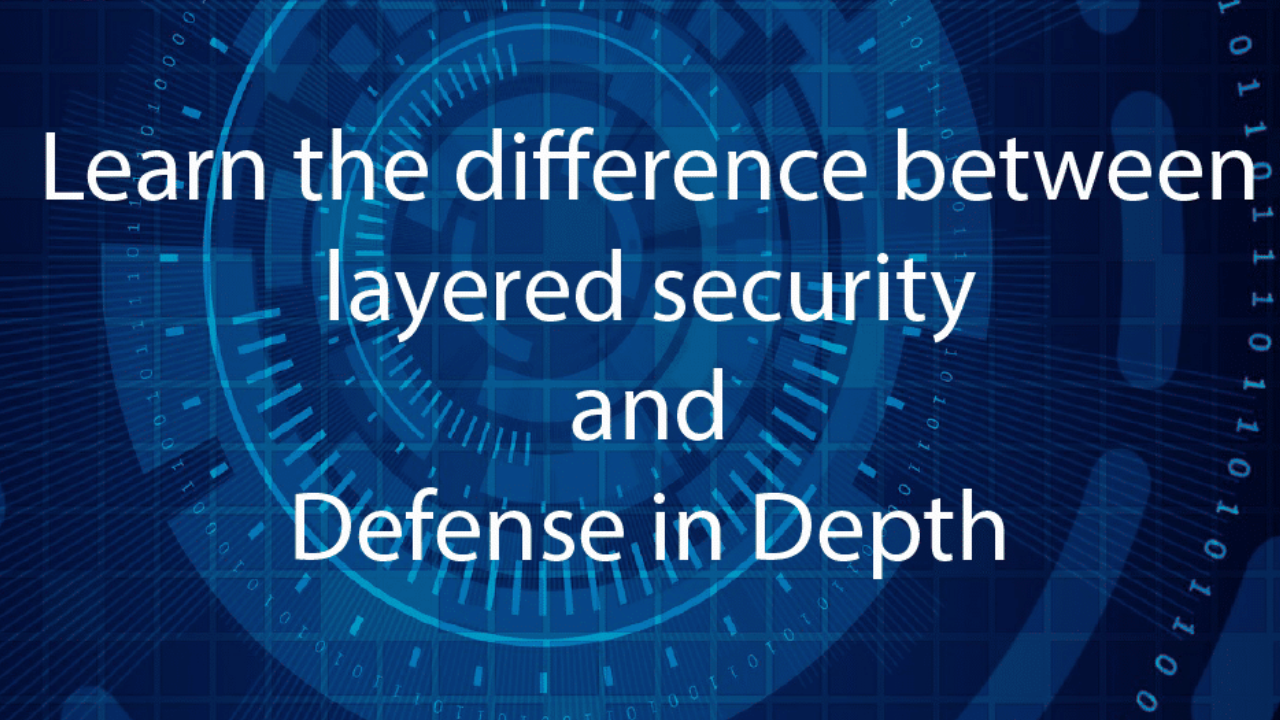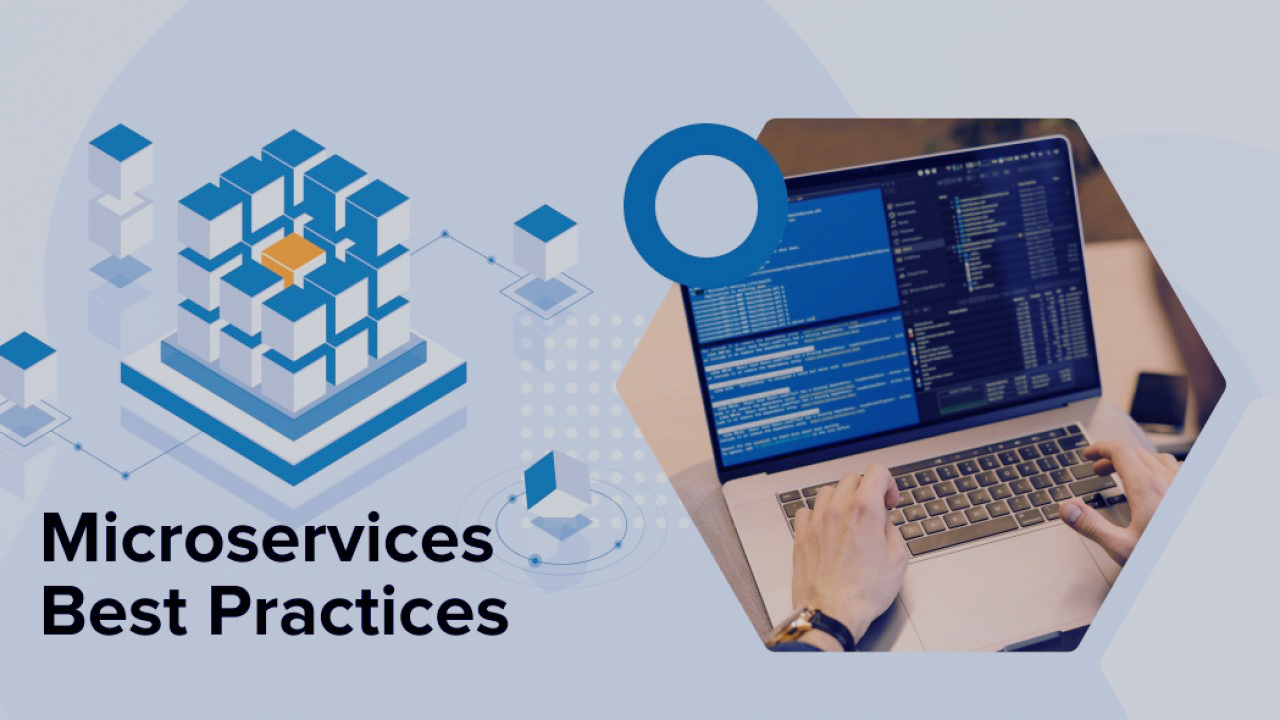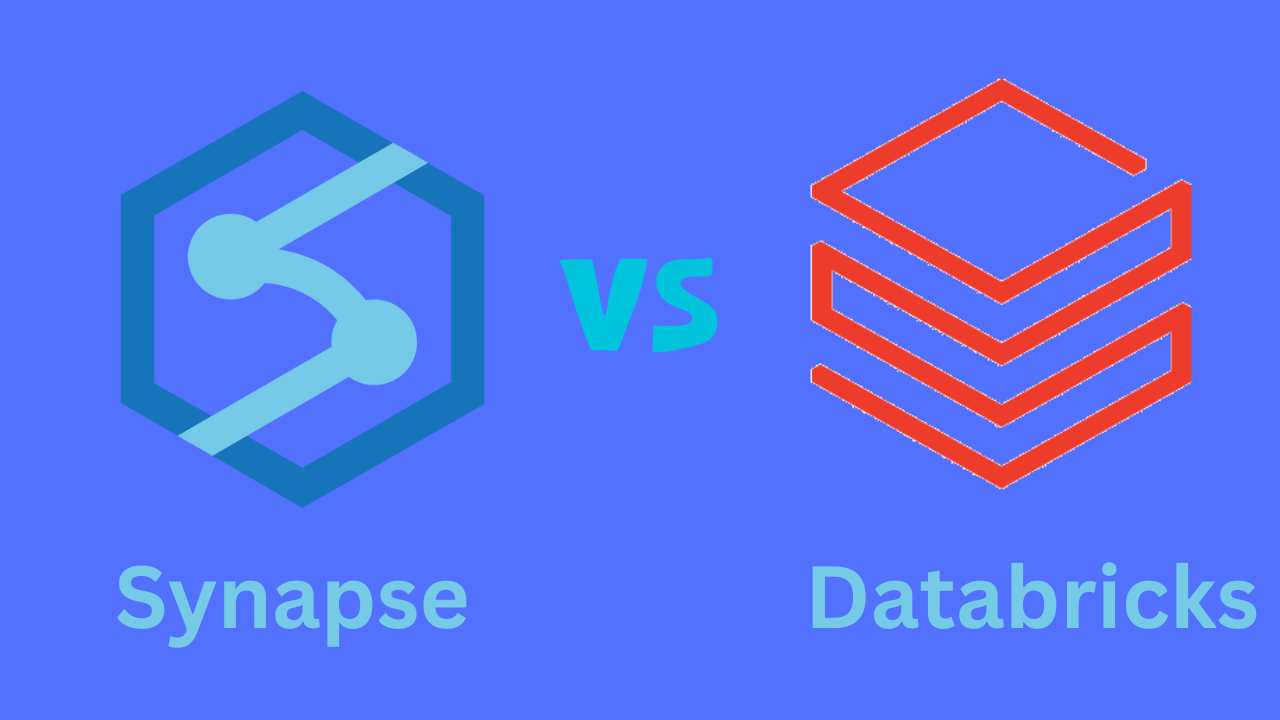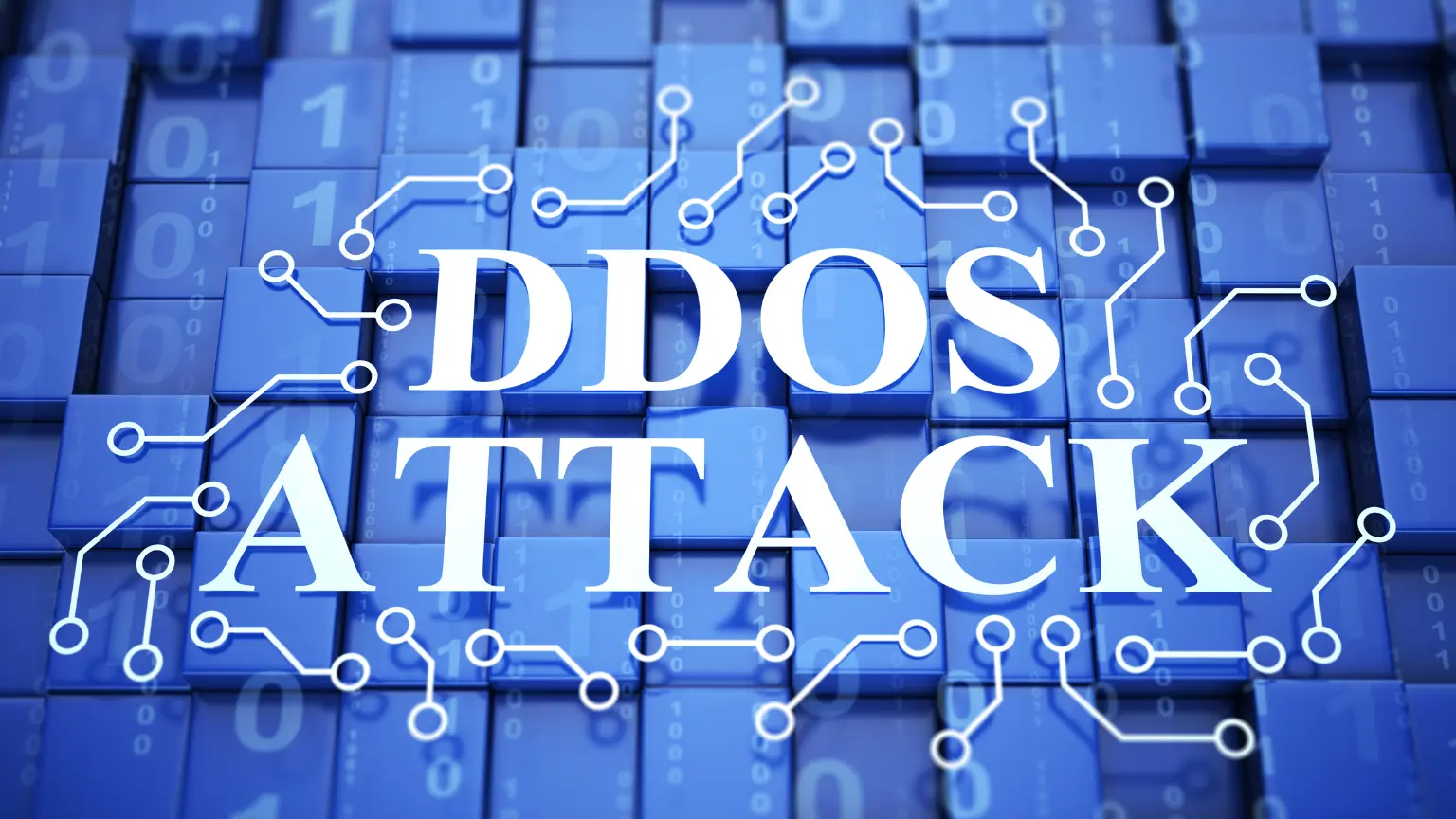In today’s fast-paced software development world, it’s essential to have a streamlined and efficient process for delivering high-quality software to your customers. Two popular practices for achieving this are continuous delivery and continuous deployment. While these two practices may sound similar, they have some key differences that can impact your software development process. In this article, we’ll explore the differences between continuous delivery vs deployment and help you determine which one is best for your team.
Continuous Delivery
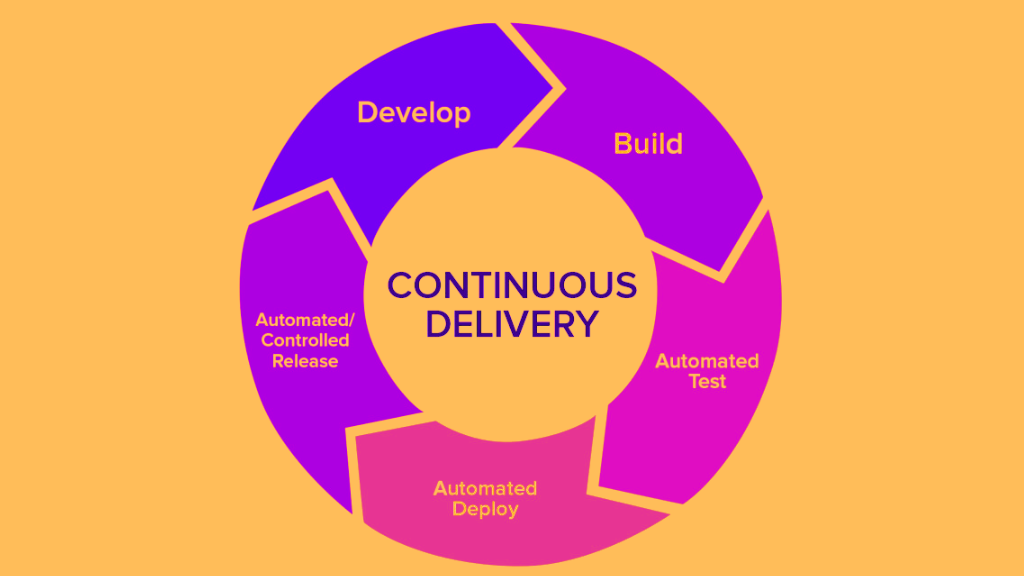
Continuous delivery is a software development practice that focuses on automating the software delivery process. The goal of continuous delivery is to ensure that software can be released to production at any time with minimal risk. Continuous delivery involves automating the build, test, and deployment processes, so that software can be delivered to production quickly and efficiently.
Continuous delivery is achieved through the use of a continuous integration (CI) pipeline. The CI pipeline is a series of automated steps that are triggered whenever changes are made to the codebase. The pipeline includes steps such as building the code, running automated tests, and deploying the software to a staging environment for further testing.
One of the key benefits of continuous delivery is that it allows teams to release software more frequently. By automating the delivery process, teams can release software updates quickly and with minimal risk. This can help teams to respond to customer feedback more quickly and stay ahead of the competition.
Best Programming Languages For Robotics
Continuous Deployment
Continuous deployment is a software development practice that takes continuous delivery one step further. With continuous deployment, changes to the codebase are automatically deployed to production as soon as they pass automated tests. This means that software updates are released to customers as soon as they are ready.
Continuous deployment requires a high level of automation and a robust testing process. The goal of continuous deployment is to reduce the time between when a change is made to the codebase and when it is released to customers. This can help teams to respond to customer feedback more quickly and stay ahead of the competition.
Continuous Delivery vs Deployment: What’s the Difference?
While continuous delivery and continuous deployment may sound similar, there are some key differences between the two practices. The main difference is that continuous delivery involves automating the software delivery process up to the point of release, while continuous deployment involves automating the entire release process.
Continuous delivery involves automating the build, test, and deployment processes, so that software can be delivered to production quickly and efficiently. However, the decision to release the software to customers is still made manually by a human. This means that there is a final checkpoint where a human reviews the software and decides whether or not to release it to customers. This manual approval step is what sets continuous delivery apart from continuous deployment.
With continuous deployment, changes to the codebase are automatically deployed to production as soon as they pass automated tests. This means that there is no manual approval step, and software updates are released to customers as soon as they are ready. While this can help teams to release software more quickly, it also requires a high level of automation and a robust testing process to ensure that software updates are released without errors.
Which One is Best for Your Team?
Deciding whether to use continuous delivery or continuous deployment depends on your team’s needs and goals. If your team values control and wants to be the last filter before new releases are deployed to end-users, then continuous delivery may be the best choice. This practice allows businesses to operate in a more regulated way and automatically test the final product with automation testing tools.
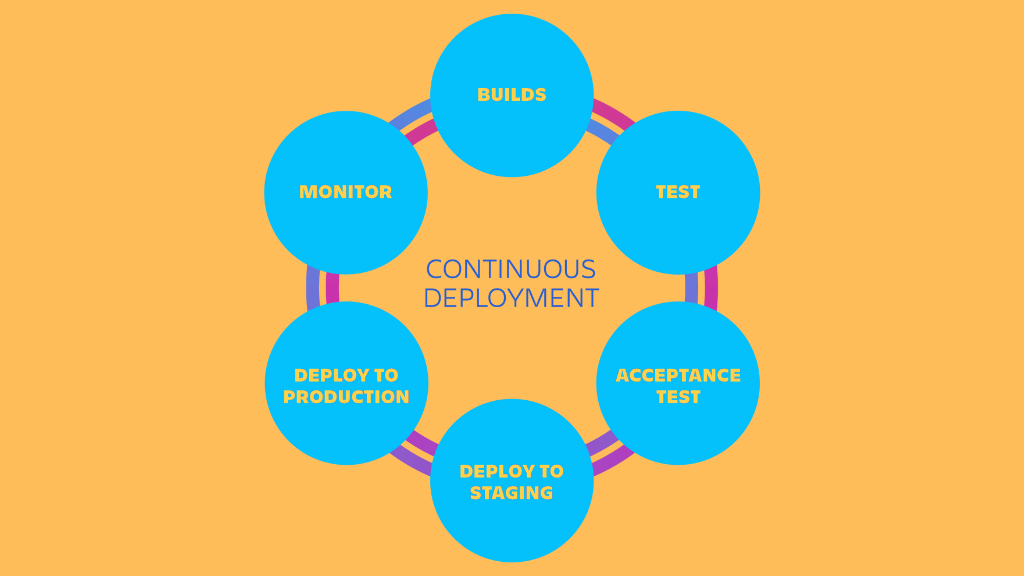
On the other hand, if your team values speed and wants to release software updates quickly and efficiently, then continuous deployment may be the best choice. This practice can help teams to respond to customer feedback more quickly and stay ahead of the competition. It’s important to note that both continuous delivery and continuous deployment require a high level of automation and a robust testing process. Without these elements, neither practice will be successful.
It’s also important to have a strong DevOps culture in place to support these practices and ensure that everyone on the team is working towards the same goals.
NVR vs DVR: Choosing the Right Option for Your Security Needs
Conclusion
Continuous delivery and continuous deployment are two popular practices for delivering high-quality software to customers quickly and efficiently. While these practices may sound similar, they have some key differences that can impact your software development process. Deciding which practice to use depends on your team’s needs and goals. Whether you choose continuous delivery or continuous deployment, it’s important to have a strong DevOps culture in place and a robust testing process to ensure that your software is of the highest quality.
What are the benefits of continuous delivery?
Continuous delivery allows teams to release software more frequently, respond to customer feedback more quickly, and stay ahead of the competition.
What are the benefits of continuous deployment?
Continuous deployment allows teams to release software updates to customers as soon as they are ready, reducing the time between when a change is made to the codebase and when it is released to customers.
What is the difference between continuous delivery and continuous deployment in terms of manual approval?
Continuous delivery involves a manual approval step before software updates are released to customers, while continuous deployment does not require manual approval and automatically deploys changes to production as soon as they pass automated tests.
What is the difference between continuous delivery and continuous deployment in terms of risk?
Continuous delivery involves less risk than continuous deployment because there is a manual approval step before software updates are released to customers, while continuous deployment automatically deploys changes to production as soon as they pass automated tests.


